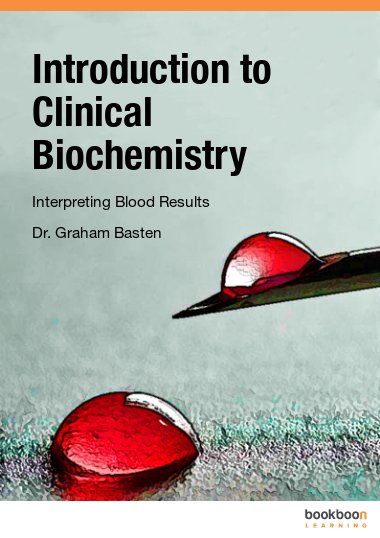This book is primarily aimed at undergraduate students reading medicine, nursing and midwifery and subjects allied to health. It will also be useful to professionals undergoing continuing professional development (CPD) or changing to an extended role who require a background covering physiology and pathology for haematology and biochemistry. Since the book uses “example boxes” to explain complex terms in lay language, it should also be accessible to patients and people with a non-clinical background but an interest in the subject. To facilitate this, each chapter has an introductory paragraph guiding the reader to the example boxes if needed and a summary section.
Chapter 1 examines how to interpret results, with the remaining broadly representing a section of the body or a disease type with chapter 9 as a summary. This should enable a read from cover to cover or equally as a reference with each chapter independent. As this book is an introduction to the area, you may be inspired for further training and reading. There are many excellent resources online, too many to list here, although I would recommend starting with your countries’ primary care provider organisation, respected charities, reputable training companies and higher education institutes for further information.
Study with the textbook using key concepts (these are the headings and sub headings). List the key concepts and attempt to write a few words about each section, and then refer back to the text book.

